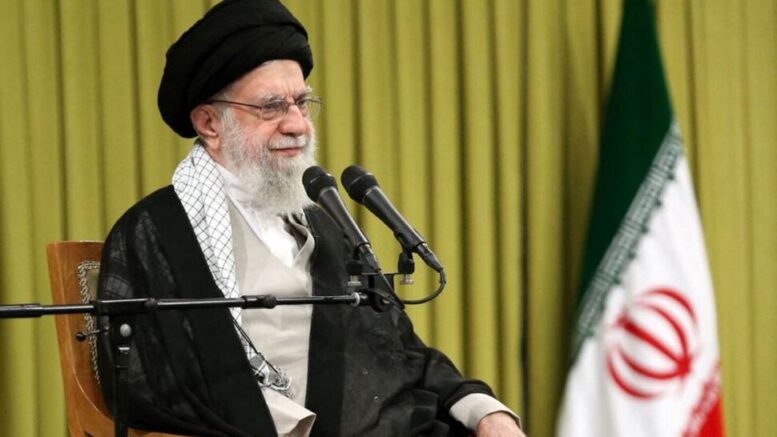The bad blood between Iran and America isn’t just a headline—it’s a wound that’s festered for decades, ripped open by betrayals and bloodshed. From covert coups to tragic missteps, the U.S. has left scars that fuel Iran’s distrust and empower radicals like the Houthis. Yet, with Trump pushing for peace and new defense systems like the Golden Dome, could we finally turn the page on this saga of hate? Let’s unravel the mess and see if America can stop poking the bear and start building bridges.
A Coup That Changed Everything
In 1953, America’s CIA orchestrated a coup to topple Iran’s democratically elected Prime Minister Mohammad Mossadegh, installing the pro-U.S. Shah. This power grab, known as Operation Ajax, crushed Iran’s hopes for self-rule and sowed seeds of resentment. Iranians felt betrayed, and the Shah’s brutal regime only deepened their anger. By 1979, the Islamic Revolution ousted the Shah, and the U.S. became the “Great Satan” in Iran’s eyes—a symbol of interference and oppression. This wasn’t just a political shift; it was a gut punch to a nation’s pride.
Tragic Mistakes Fuel Iran’s Distrust
The 1988 downing of Iran Air Flight 655 by the U.S. Navy was a gut-wrenching tragedy that still haunts Iran. A civilian plane carrying 290 people was mistaken for a fighter jet and shot down, killing everyone on board. America called it an accident, but Iran saw it as cold-blooded aggression, cementing their distrust. Add to that U.S. support for Iraq during the Iran-Iraq War, including intelligence and weapons, while Iran faced chemical attacks—another betrayal that radicalized groups like Hezbollah and, later, the Houthis. These wounds aren’t abstract; they’re personal for Iranians.

Iran’s Current Stance: Weak but Defiant
Today, Iran’s weaker than it’s been in years. Israel’s 2024 strikes crippled its air defenses, and the fall of allies like Syria’s Assad and Hezbollah’s leadership has left Tehran reeling. Yet, Iran’s defiance persists, driven by a regime that thrives on anti-American rhetoric to rally its people. The Houthis, backed by Iran, target U.S. interests and Christians, seeing America as a global bully. Meanwhile, Iran’s nuclear ambitions keep tensions high, with fears of escalation looming. Despite this, cracks in Iran’s armor—like economic woes from U.S. sanctions—hint at a chance for diplomacy.
Trump’s Push for Peace Over Provocation
Unlike past U.S. leaders who leaned on military might, Trump’s second term signals a shift. He’s waved off Israeli plans to bomb Iran’s nuclear sites, opting for talks to curb Tehran’s nuclear program. His “maximum pressure” campaign is back, but it’s paired with a call for a nuclear peace deal. The Golden Dome, a U.S.-backed missile defense system, aims to protect allies like Israel without escalating to war. Trump’s recent Saudi Arabia visit, where leaders backed peace, shows his focus on diplomacy over destruction—a stark contrast to historical U.S. offenses.
Moving Beyond Retaliation
Retaliation for past wrongs—like the 1979 hostage crisis or alleged Iranian plots against U.S. figures—only fuels the cycle of hate. Iran’s ties to 9/11 are murky at best, with no solid evidence linking its leadership to the attacks, despite claims of loose connections to al-Qaeda. Instead of dwelling on vengeance, Trump’s strategy emphasizes defense and dialogue. The Golden Dome strengthens regional security, while talks aim to ease Iran’s economic pain in exchange for nuclear limits. This approach isn’t about ignoring history but about choosing a future where global peace trumps old grudges.
A Path to Global Peace?
America’s past with Iran—coups, sanctions, and tragedies—has bred a deep distrust that empowers radicals and threatens stability. However, Trump’s pivot to diplomacy and defenses like the Golden Dome offers hope for de-escalation. Iran’s weakened state could push it to the negotiating table, but only if both sides let go of retribution. Can America and Iran finally break free from their painful history and forge a path to peace, or will old wounds keep sparking new conflicts?
Like this article?
☕️ Share a coffee: https://buymeacoffee.com/criordan
👉 Follow me on X: @CRiordan2024
Click HERE to read more from Clara Dorrian.





Be the first to comment on "Iran’s Bitter History with America: A Path to Peace?"